The Dodge Stealth’s Controversial Journey As A Pace Car
From An Indy Loser, To A PPG Indy Car Hero...
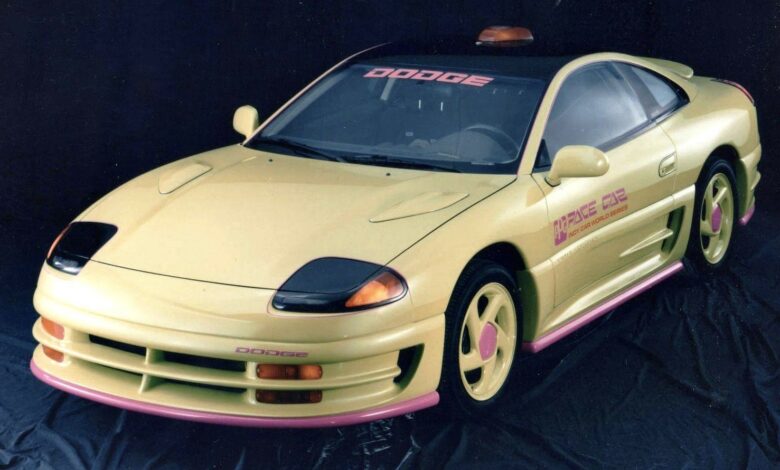
Over the years, the Indianapolis 500 has seen its fair share of memorable and iconic pace cars. However, among them, the Dodge Stealth holds a unique place in history. As the slated pace car for the 75th running of the race in 1991, the Stealth faced controversy and ultimately had its role usurped by the pre-production Dodge Viper. This article delves into the tumultuous journey of the Dodge Stealth as an Indy 500 pace car, explores the impact it made on the race’s legacy, and shines a spotlight on the exclusive PPG Edition of the Stealth.
The selection of the Dodge Stealth as the Indy 500 pace car stirred up a storm of controversy. While Chrysler marketed the Stealth under the Dodge brand and had Dodge designers style it, the car was built on Mitsubishi’s Z16A platform, shared with the Mitsubishi GTO/3000GT. This led many observers to view the Stealth as nothing more than a Japanese car, sparking opposition from union leaders and patriotic race fans who protested against a foreign vehicle pacing “America’s race.”
Amidst mounting criticism and a surge of patriotism due to the Gulf War, Chrysler executives found themselves at a crossroads. Originally intending to send the Stealth to Indianapolis in May 1991, they made a last-minute decision in February to accelerate the Viper prototype program and replace the Stealth as the pace car. This sudden change aimed to save face and appease the critics, ensuring that an American-made car would lead the pack.
Carroll Shelby, the renowned automotive designer and racing driver, took the wheel of the pre-production Dodge Viper RT/10 as the ceremonial pace car for the 75th Indianapolis 500. The Viper not only fulfilled the role of the pace car but also served as the yellow-flag pace car, shuttling officials and drivers throughout the month leading up to the race. Its presence embodied American pride and power, effectively quelling the concerns raised by the Stealth controversy.
While the Dodge Stealth lost its opportunity to pace the Indy 500, a special and unique version emerged from the saga—the PPG Edition. The PPG Pace Car received custom front and rear bumpers, side body panels, and all the standard safety gear that the PPG Pace Cars received. This exclusive edition showcased the Stealth’s potential as a pace car and highlighted its distinctive design elements tailored for the prestigious role.
The Dodge Stealth’s journey as an Indy 500 pace car may have been overshadowed and ultimately replaced, but its controversial legacy extends beyond the racetrack. The outcry from patriotic race fans and union leaders, the last-minute substitution of the Viper, and the emergence of the exclusive PPG Edition all contribute to the intrigue and significance of this captivating story.


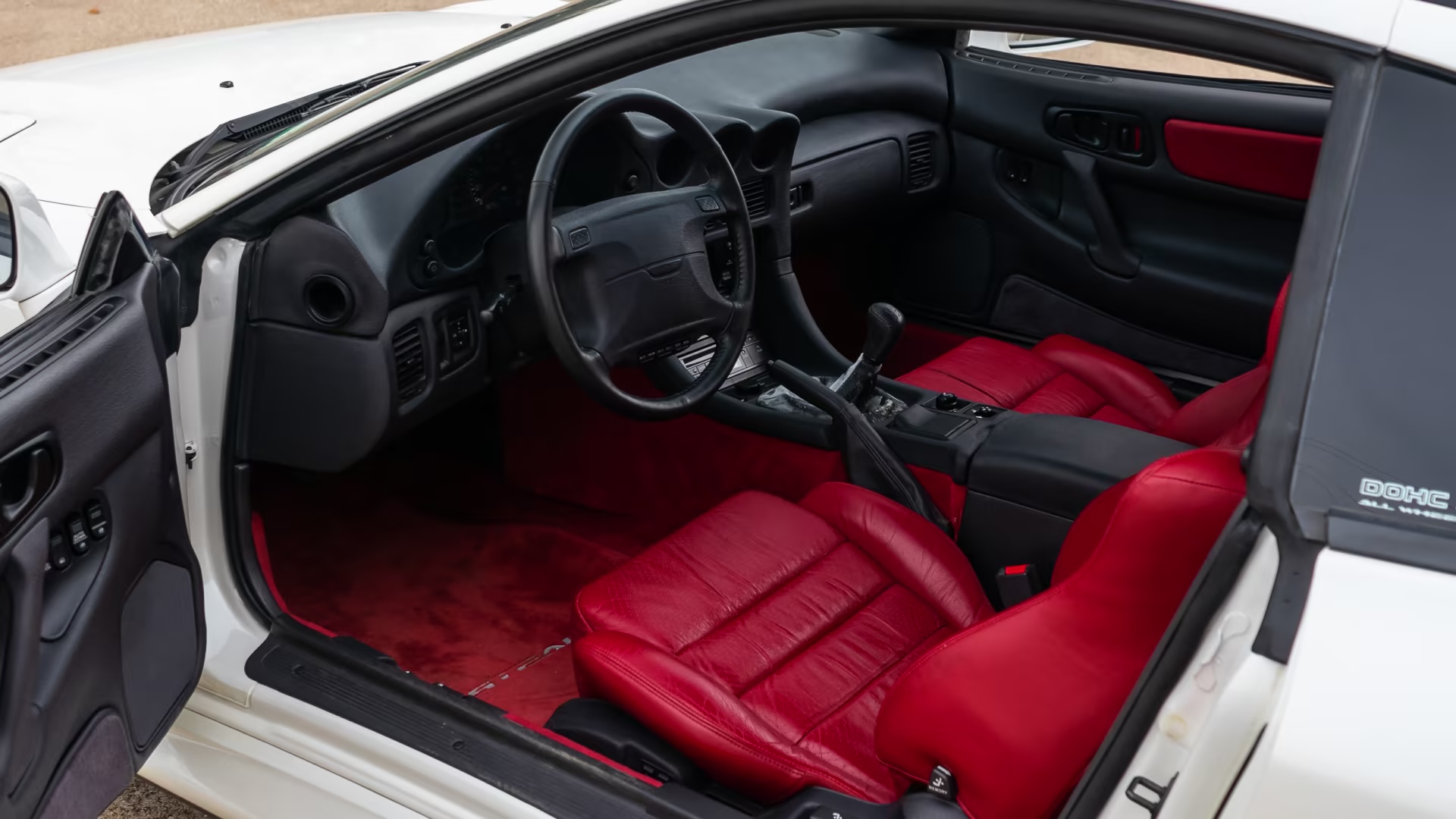
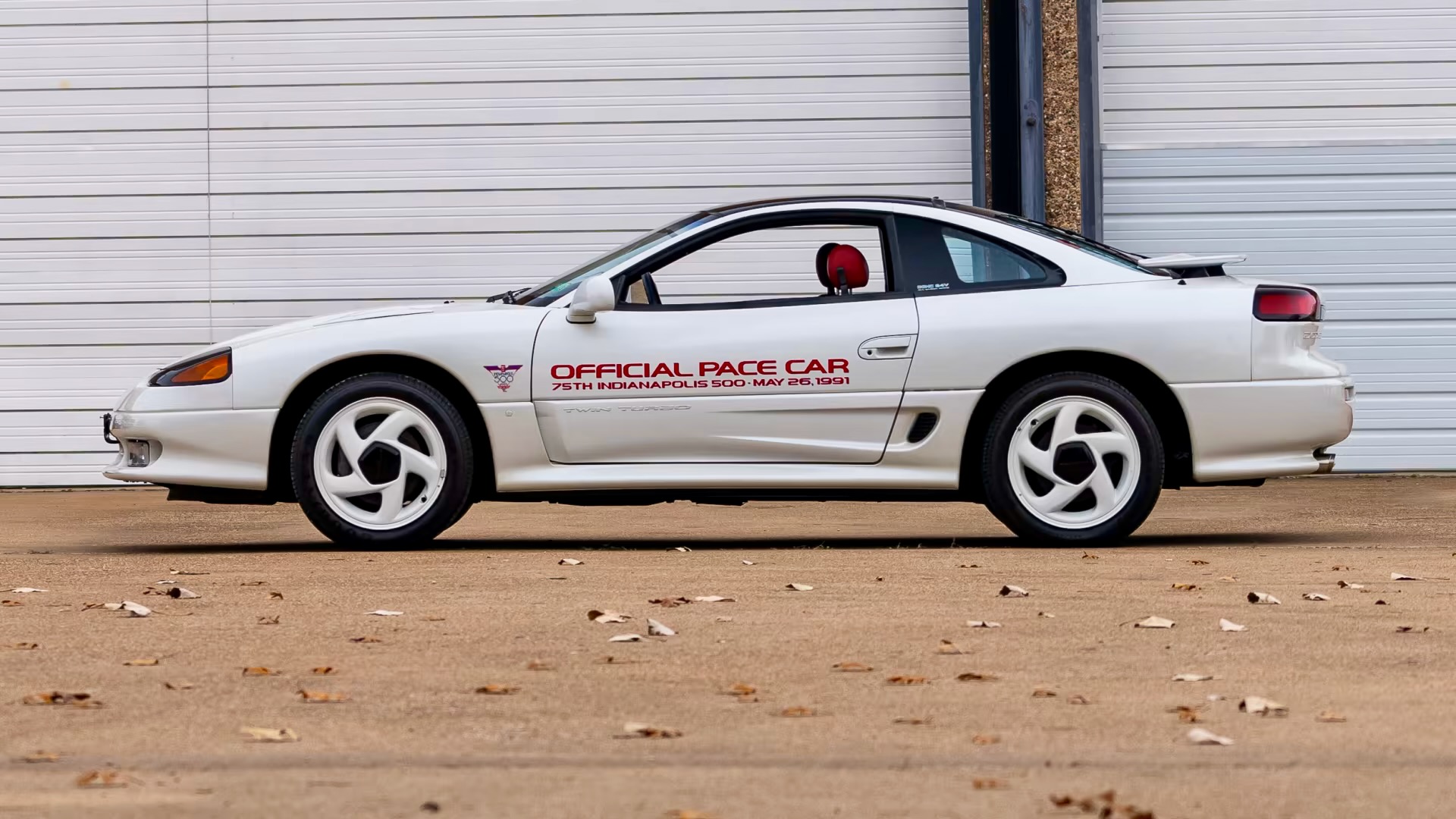
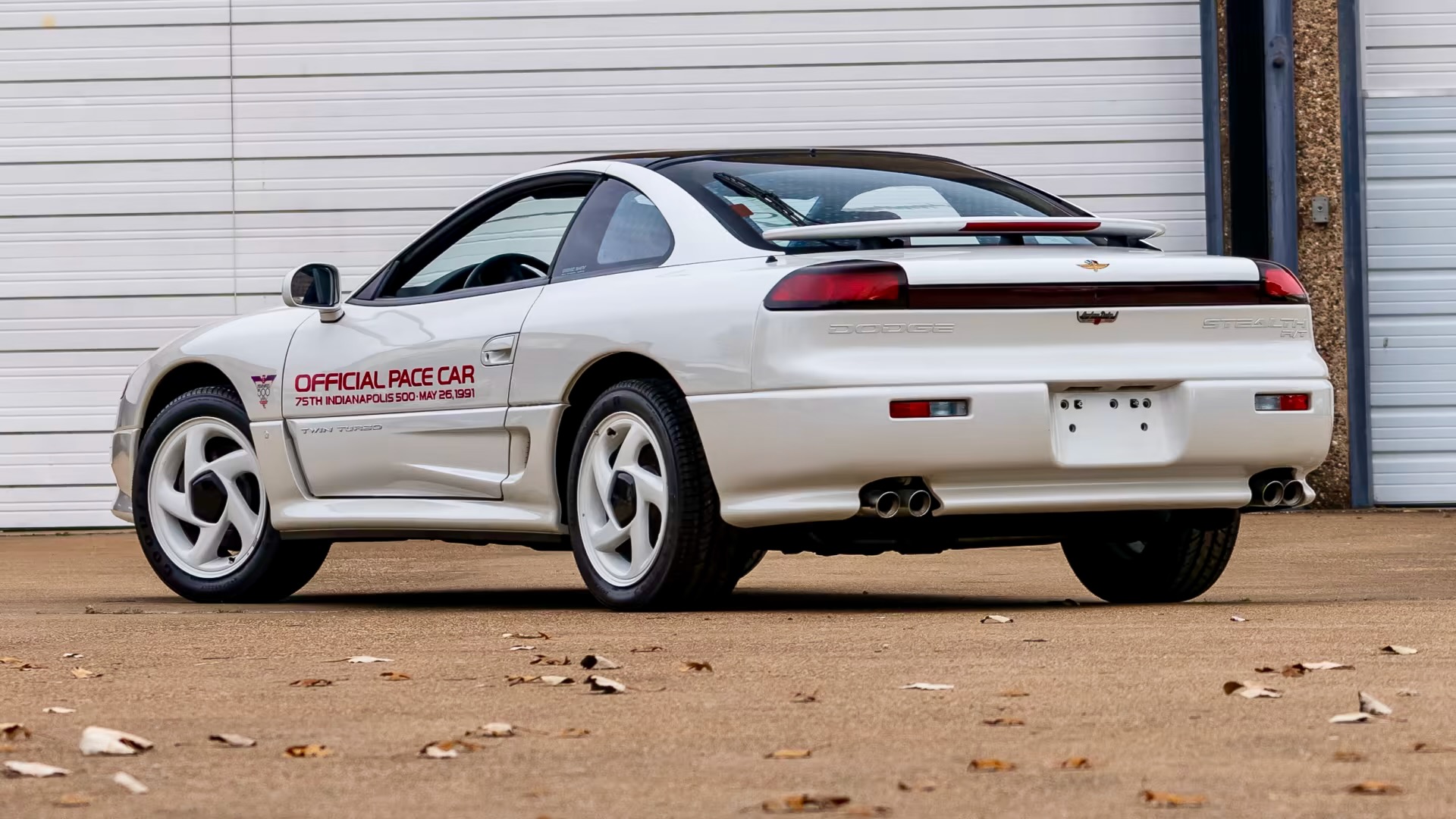
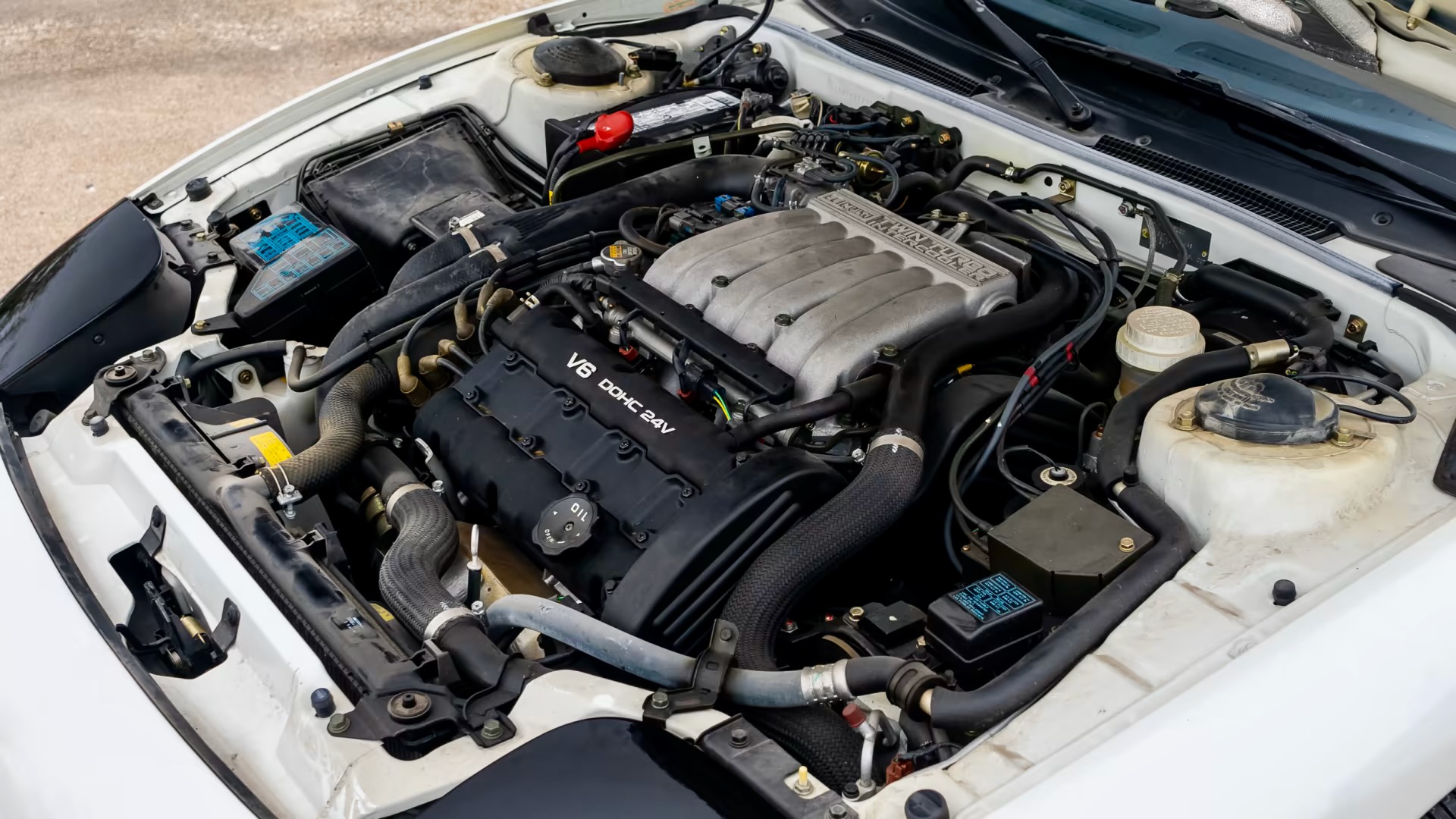
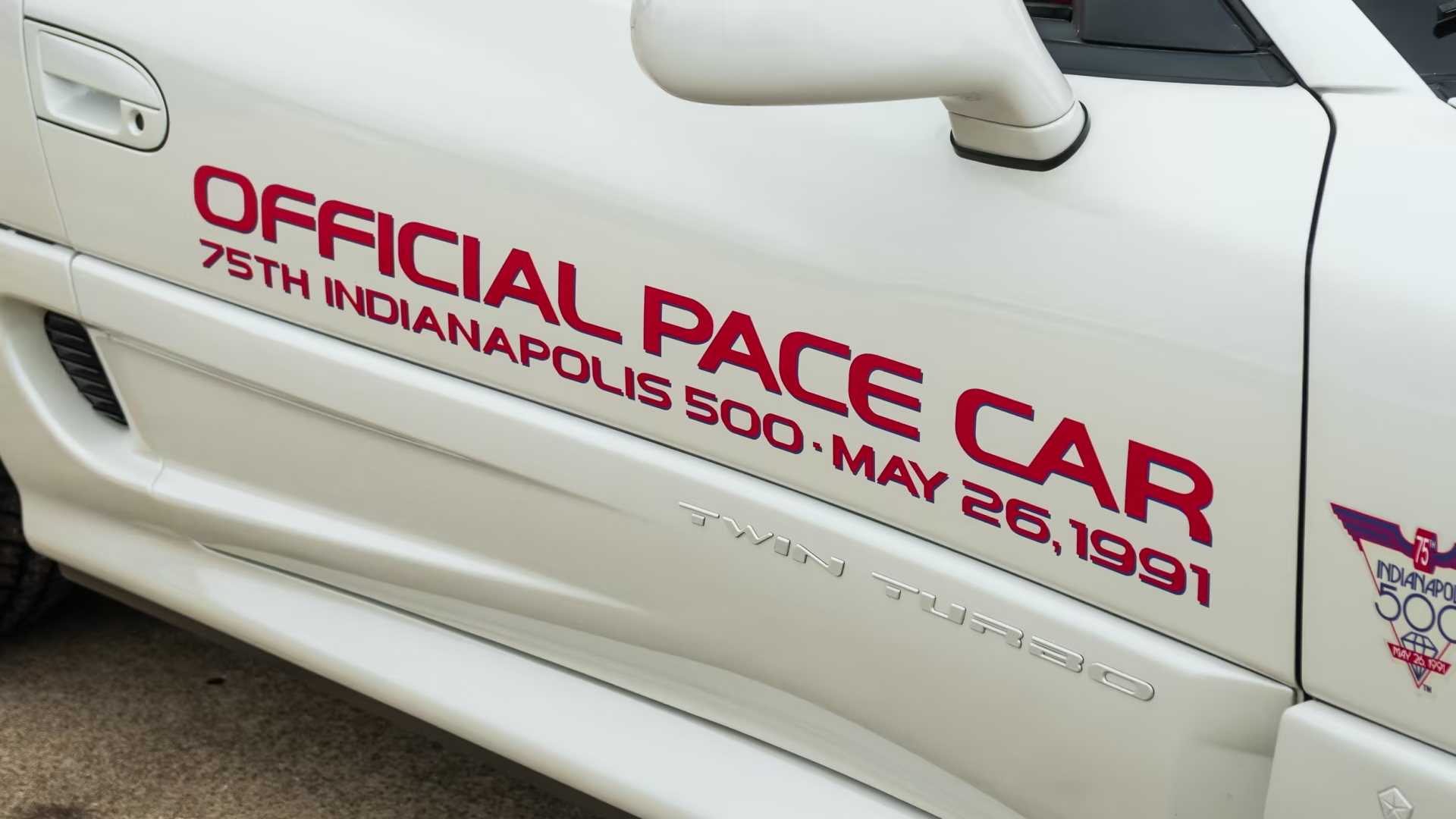
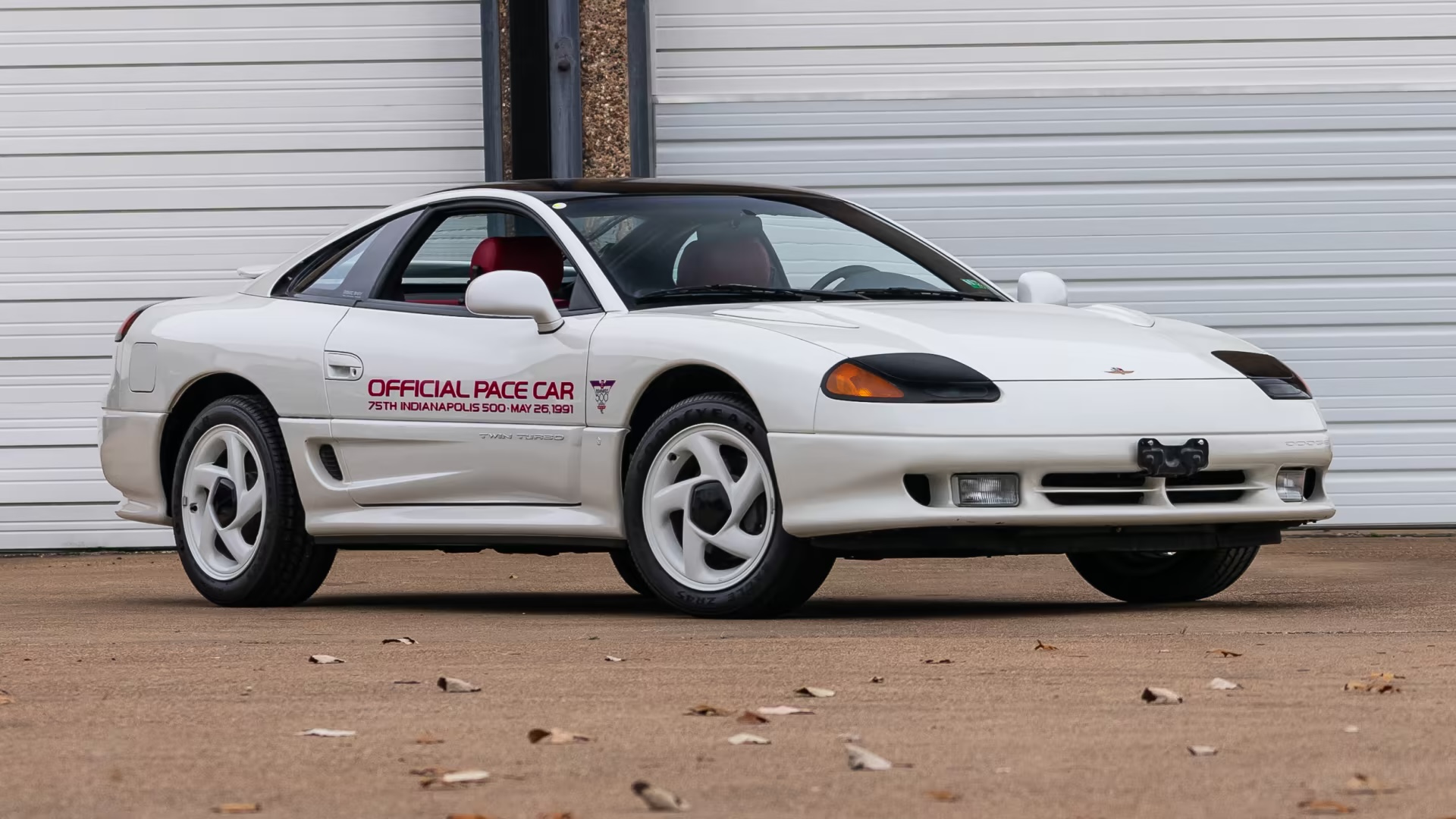
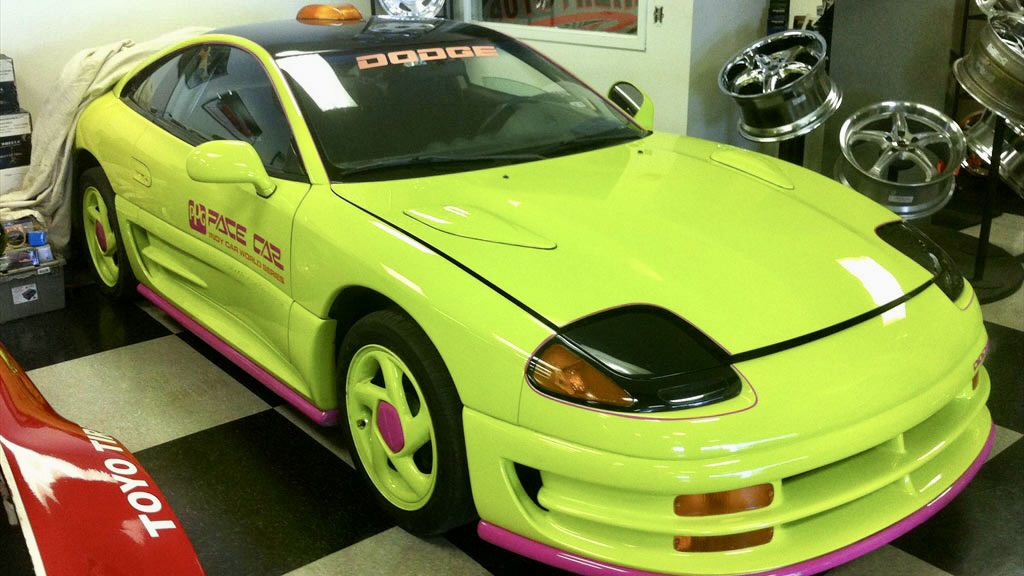
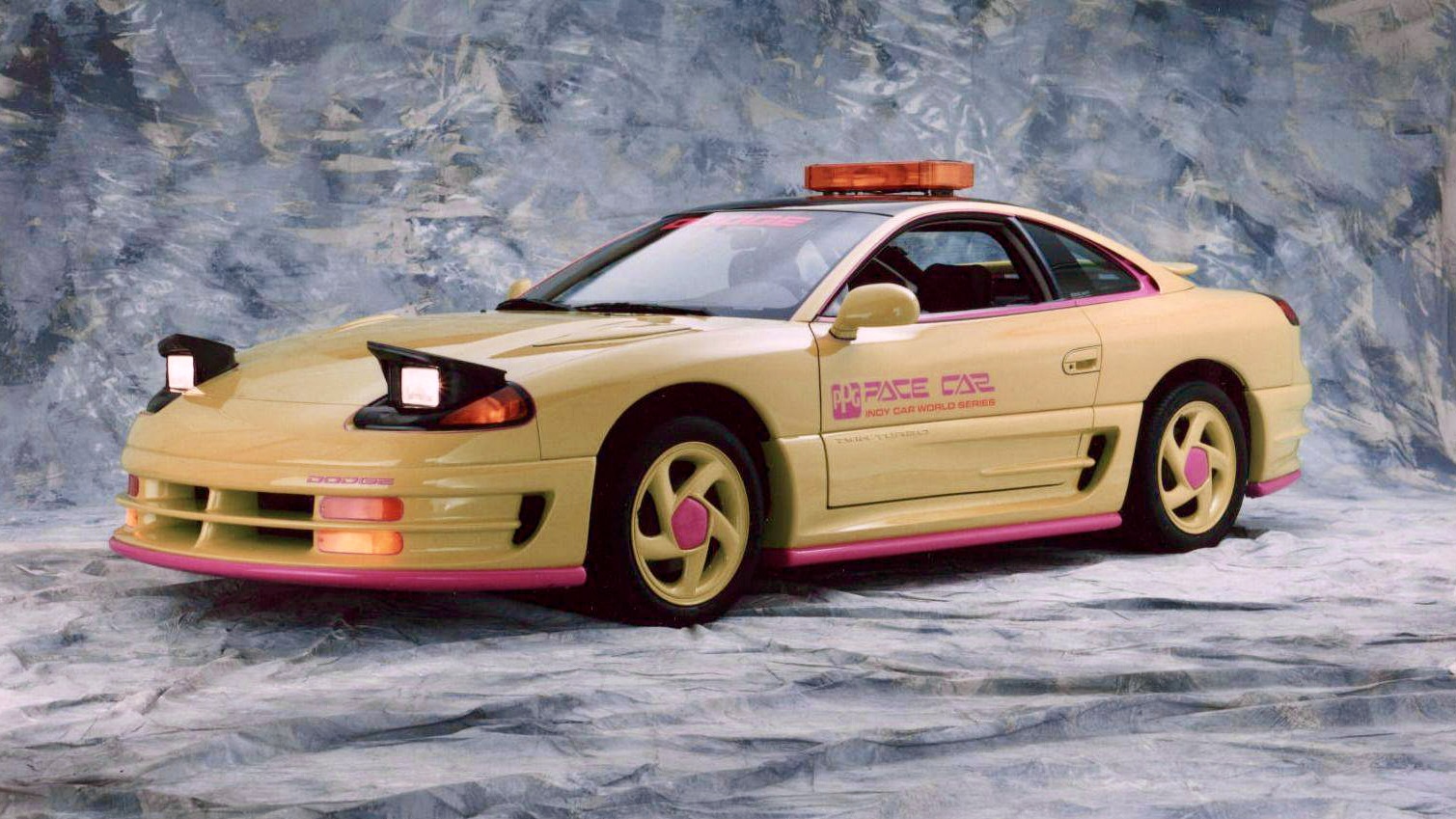



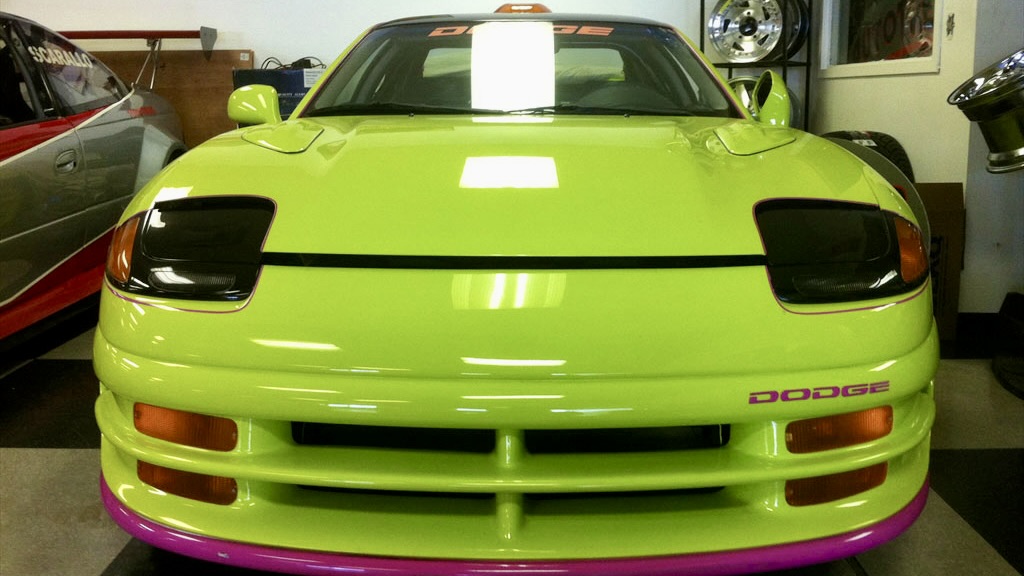


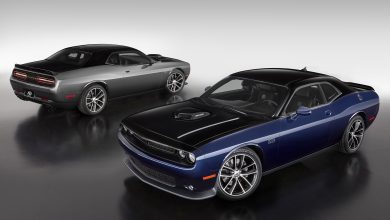
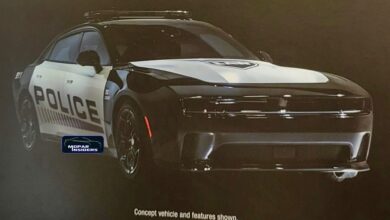
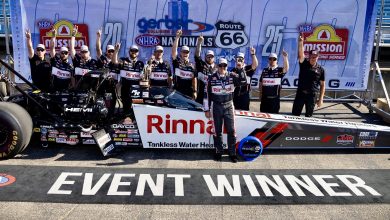
No replies yet
Loading new replies...
Join the full discussion at the Mopar Insiders Forum →